The Bathurst Observatory Research Facility has recently moved location. We are in the process of building the Meteorite Museum shed. The Meteorite Museum will provide a space to display our meteorite, public education and video conferences into schools.
Bathurst Observatory Research Facility, Australia, has one of the only public displays of meteorites in NSW west of Sydney in our Meteorite Museum. We have over 200 specimens to be displayed, ranging from witnessed falls to historical pieces. You will be able to come and see our display of space models, minerals, fossils and meteorites.
Approval for the stage 1 components of the project have been obtained from Bathurst Regional Council.
The funding goal is to reach $45,000 which will cover the cost of concrete slab, the cost of the shed and construction.
CLICK HERE TO SUPPORT OUR PROJECT
Plan of the Meteorite Museum shed.
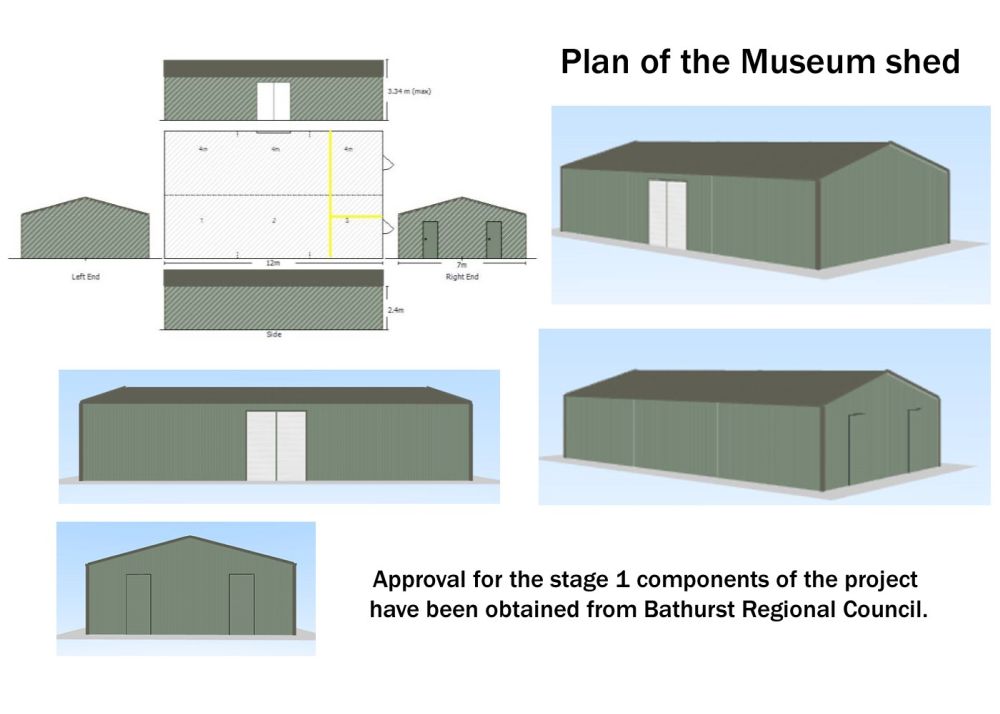
Museum site pegged and ready to go.
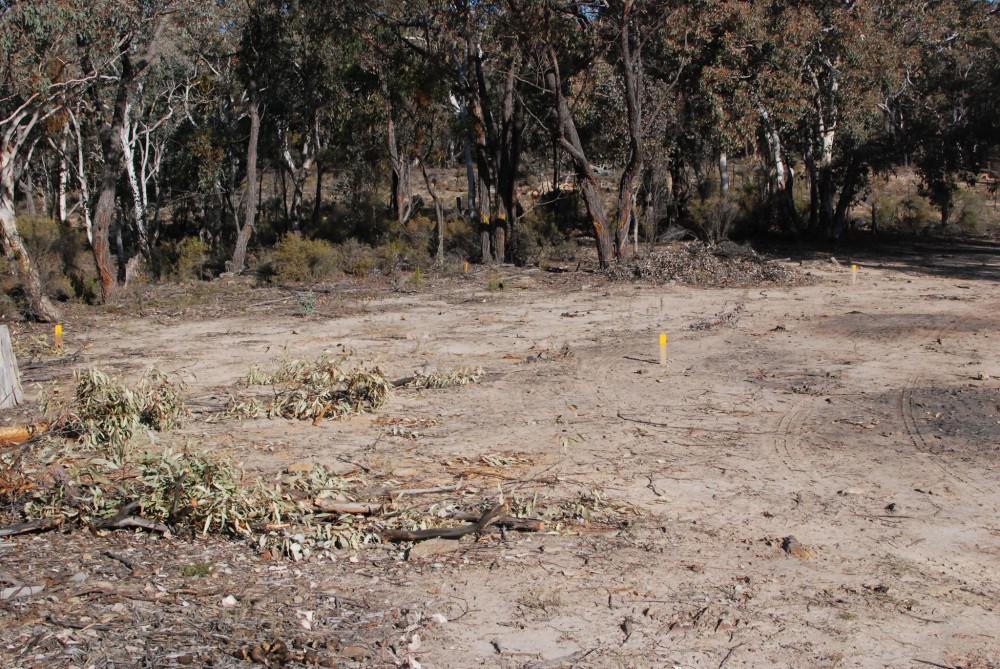
The meteorite museum aligns with the observatory’s work on asteroid, comet and other astronomical research as well as public education and outreach.
We also study meteorites as part of our research goals, and have published a number of papers about meteorites.
We can also offer some services to meteorite collectors and researches wishing to display their specimens.
Some meteorites from the Bathurst Observatory collection
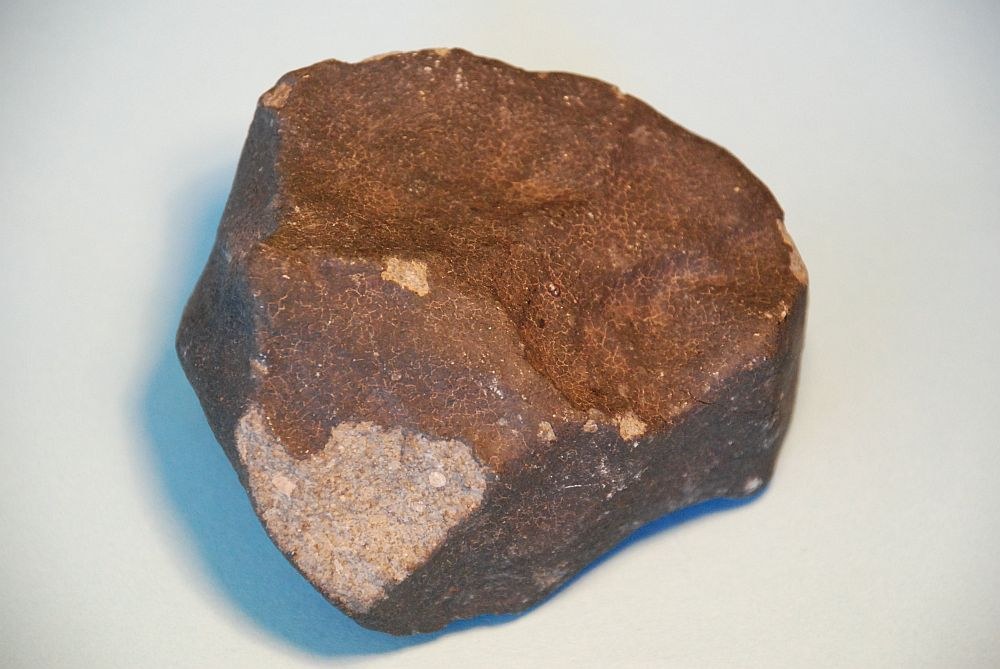
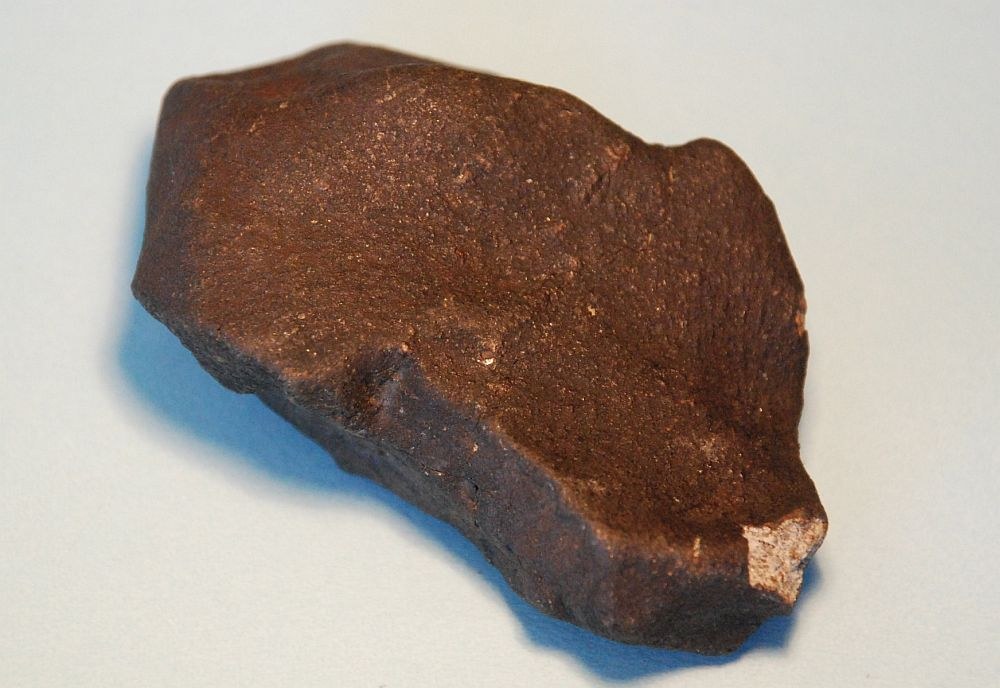
Some of our displays below.
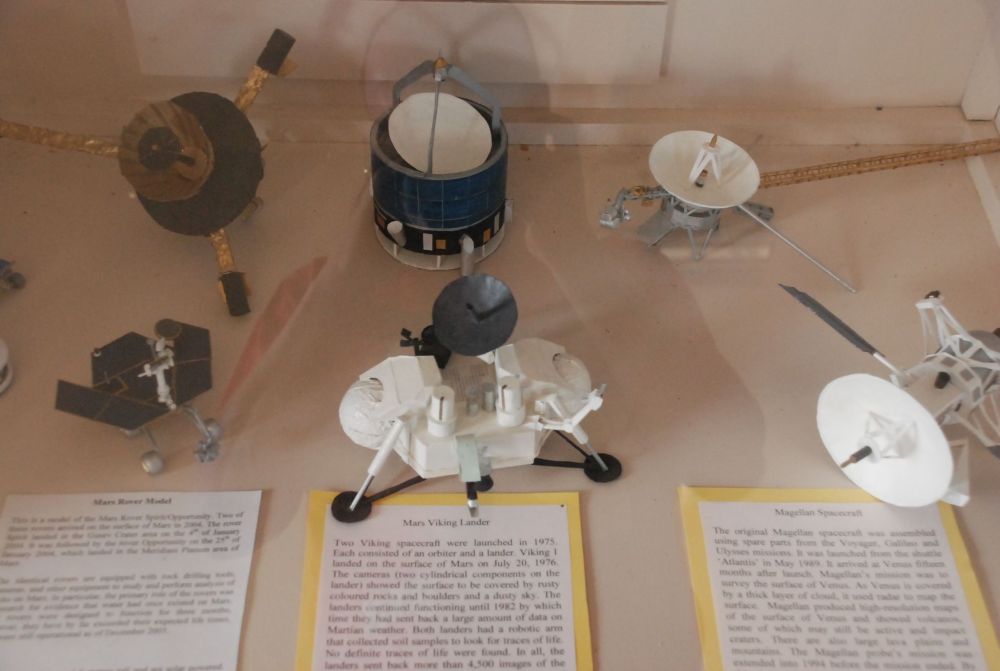
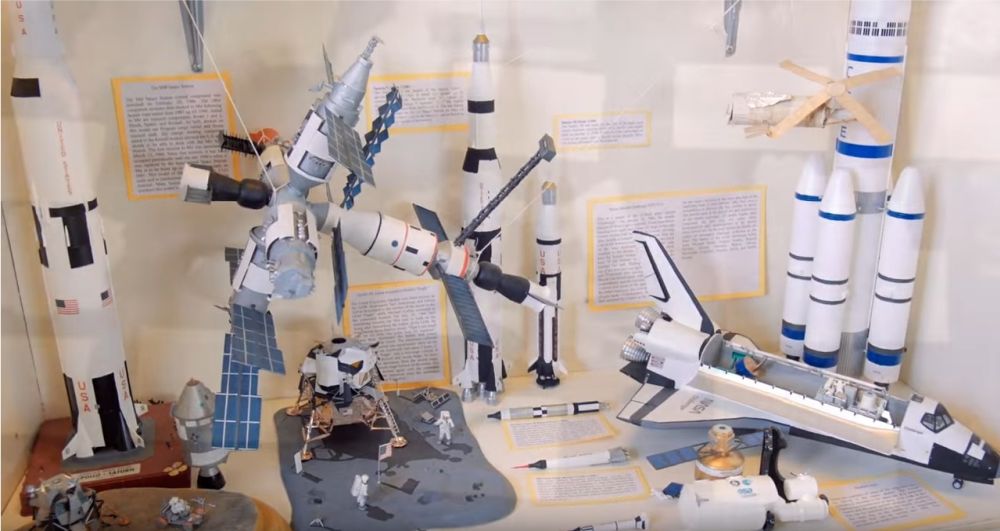
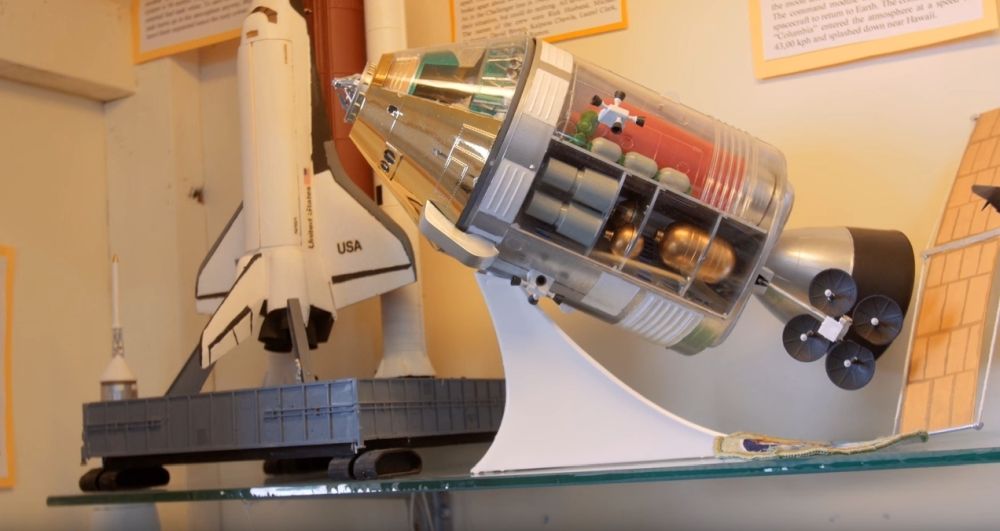
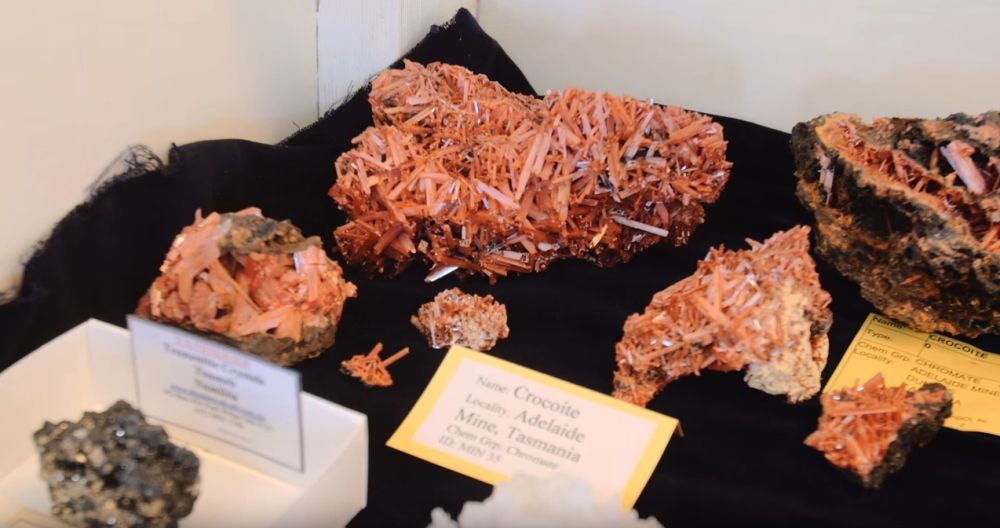
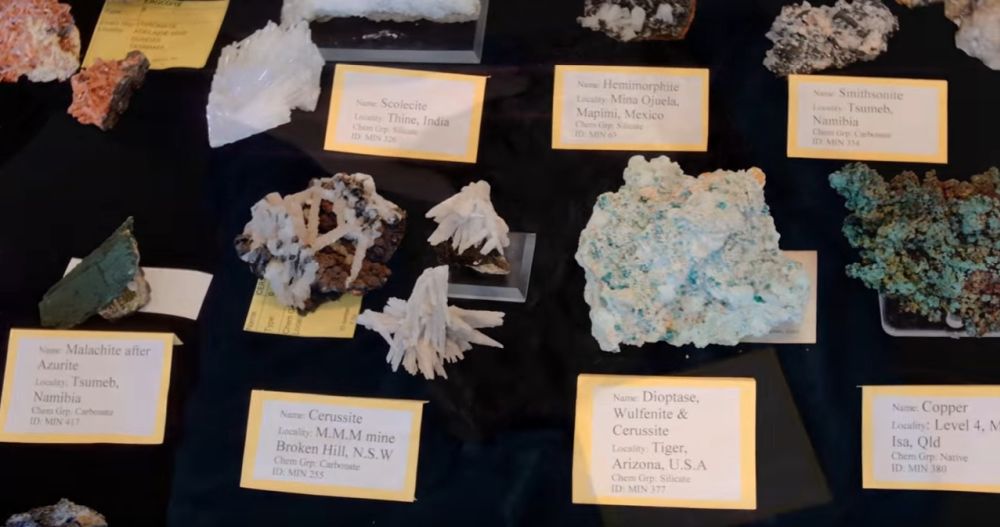
General space image from our observatory
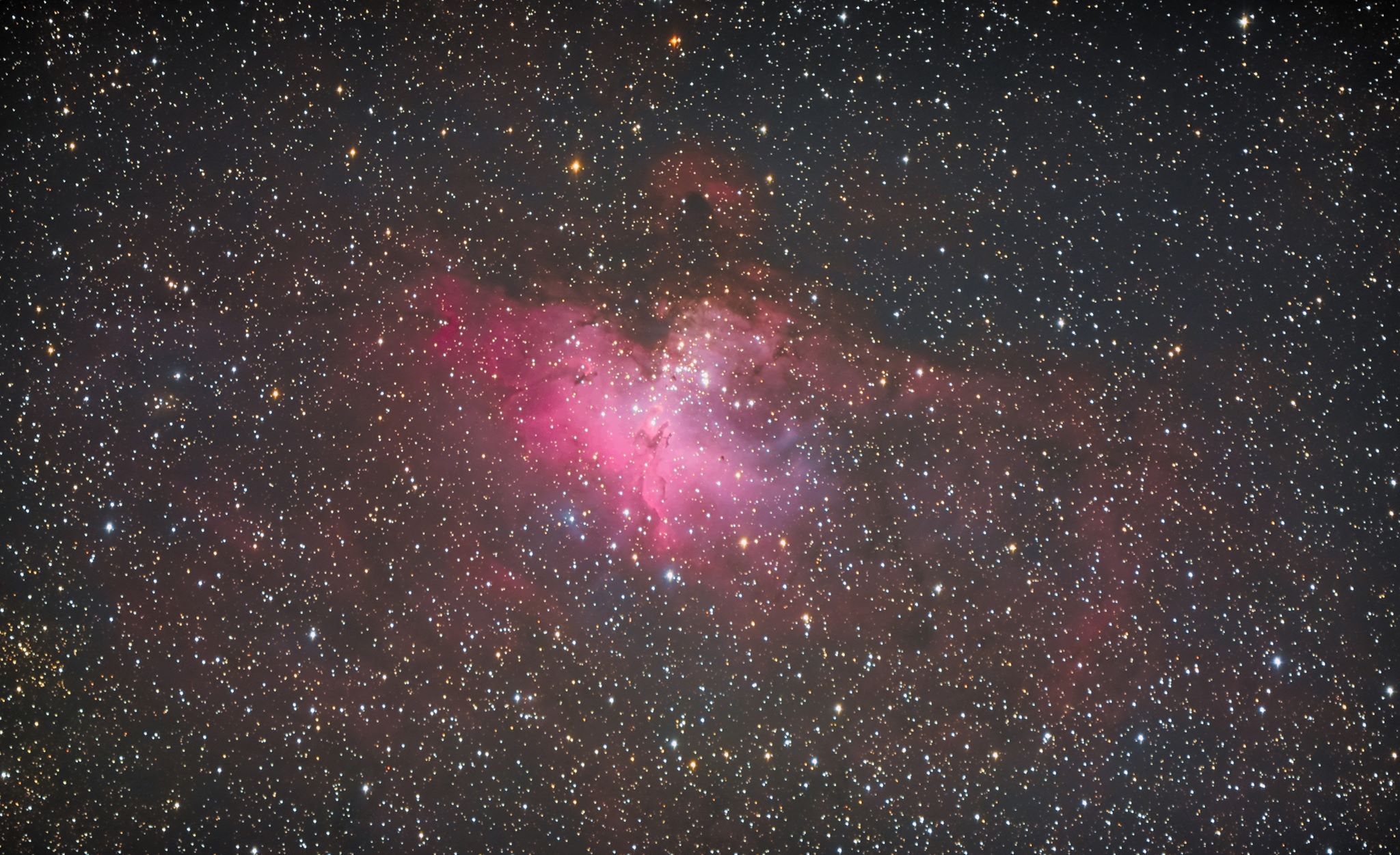
ABOUT US
The Observatory is currently privately owned and had operated at its old site on Limekilns Road, Bathurst since July 2000. In 2018, it was decided that the observatory should relocate to a much better site due to housing and other development at our previous site. Light pollution from developments would have rendered the old site impractical for further astronomy. As such, the old site has been sold and we have purchased a new site, further from Bathurst (at Billywillinga), which has much better observing sites, not only for tourism, but for research and professional/amateur astronomers as well. We aim to provide multiple viewing experiences rather than one off options, to encourage multiple visitation.
The observatory is only one of its type in the region and will offer experiences and tour options no similar facility will offer. Its location and night activities will ensure overnight stays within the region or at our guest cottage.
TIME FRAME
The new observatory still in the construction and planning stage though will operate from late 2019, early 2020. A key goal is planning and ensuring the new site is developed to meet identified needs. This will ensure its adaptability now and into the future. However, current Bathurst Observatory telescopes are now being relocated to the new site, as well as the meteorite research collection and much more!
Some key aspects of the initial timeline;
* Relocation of the public outreach and imaging telescope with the observatory’s iconic dome.
* Set up of the public viewing telescopes and area.
* Construction of the meteorite research building (with displays)
* Availability of sites for setting up your own equipment
* Opening of the guest accommodation and planetarium in stage 2
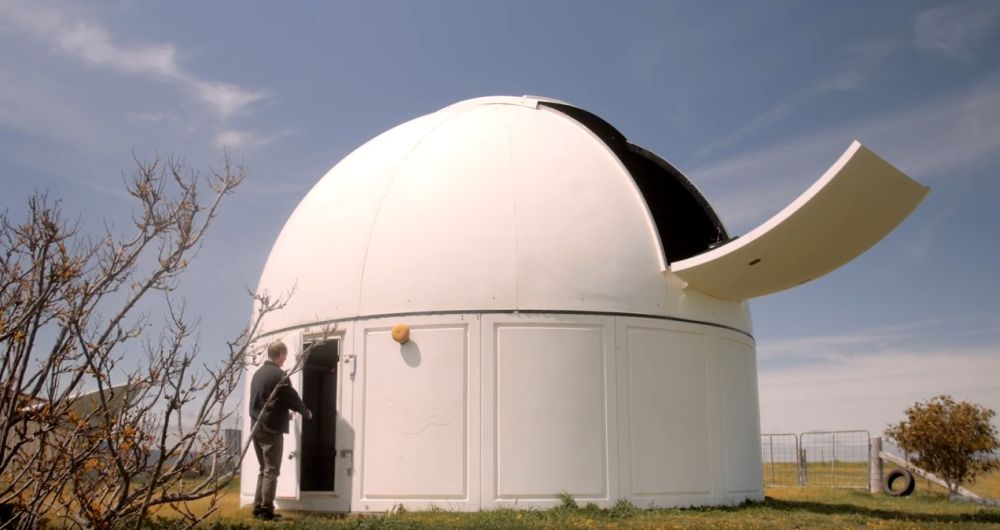
The Bathurst Observatory’s iconic dome, soon to relocate to the new site. It houses our research and imaging telescope
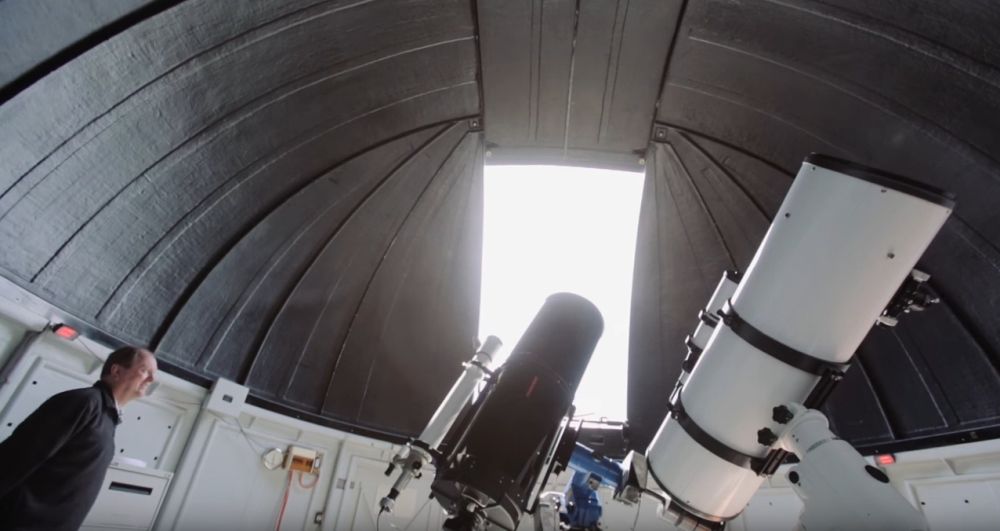
Future stage 2 items for inclusion will be approval additional cabins and telescope sites as demand increases.
Note the planetarium is a fully modern computerised system and has an advantage in that it is portable and can be taken to schools, community events, as well as serve at the observatory site. It does not require an additional building, though provides an all-weather option for tours.
FURTHER INFORMATION
For more information about Bathurst Observatory Research Facility please visit our website at: https://bathurstobservatory.com.au/
and our Facebook page at: https://www.facebook.com/BathurstObservatory/

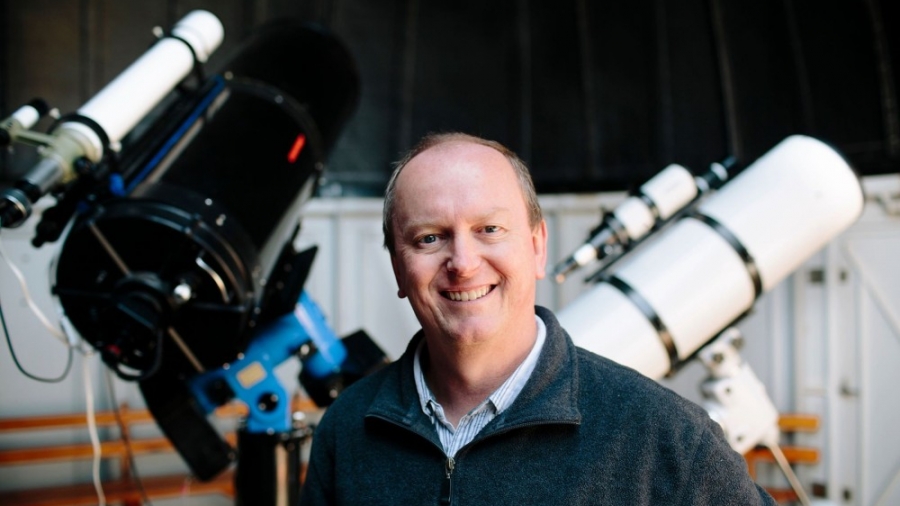
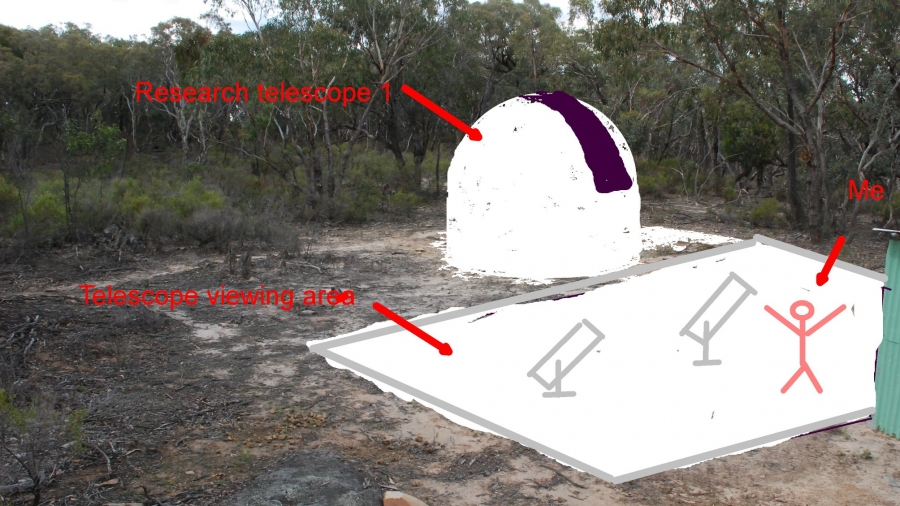

Tours 'should' be available during the school holidays, subject to weather (and as usual, not near full Moon). I will post tour availability generally a week ahead of upcoming tours. This time of year though, they are pretty late at 9:30 pm. I will need to do some telescope testing though too, to make sure al is fine! Looking forward to being back at the scope! ... See MoreSee Less
Comment on Facebook
Here are some of the images from Bathurst Observatory of the Aurora on the evening of the 12th of November. There were not as many rays in this display as in others, but it did extend over a wider area. One interesting sight was the appearance of the rarer SAR arc. This SAR is caused a little differently from the aurora itself and arises from thermal emissions rather than particle ionisation as in the aurora itself. The SAR can be seen as a broad darker red arc above the aurora in some of these images. Cloud to night will rule out more images here. ... See MoreSee Less
Comment on Facebook
Thankyou for these lovely pictures. I am puzzled by comments in various places that the aurora can only be seen in photos - is this true? If it can only be seen in photos then I don't understand all the excitement. Sorry if this is a dumb question 😅
Thanks for the explanation I have photographed it 3 times this year and the first 2 in Jan and Jun over my back fence in Blayney which fortunately faces south over some farmland and they had a lot more streaks but this 3rd one I did at Carcoar Dam and it was larger and more vibrant and solid.
Amazing, is there a certain time frame to see it tonight or will it go all night?
Great job on capturing the Aurora
View more comments
Auroral storm in progress tonight and likely into the night of the 13th as well. I'll post some of my images tomorrow. ... See MoreSee Less
www.facebook.com
Send a message to learn moreComment on Facebook
Sorry for not posting in a while. Still recovering and getting physio. Hoping to be back at the telescope soon. I have been keeping my eye on comet Lemmon A6 and its prospects for November. It should be visible very low in the west from about the first week of November. But I'm not overly hopeful of seeing it, as it will be fading and somewhat lost in twilight and sets pretty much just as its getting dark.. ... See MoreSee Less
www.facebook.com
Send a message to learn moreComment on Facebook
Galaxy season. With the milky way getting lower in the west of an evening, now is the time to turn the telescope beyond our galaxy and view distant ones, Like NGC 253, the Sculptor Galaxy. I hope to back on my feet for tour ASAP, and getting physio to speed that along. This image of NGC 253 was taken last year, but today I got around to tweaking it. ... See MoreSee Less
Comment on Facebook
Tours should be available again as soon as full moon has past (sadly this rules out the long weekend). Saturn will be a highlight of tours in coming months! I’ll post next tour dates just after the long weekend! PS on the mend after my recent incident, thank you for the messages. ... See MoreSee Less
Comment on Facebook
I seen a meteor or comet tonight just before 9pm at Burraga it was green it had a long tail at first I thought it was a car speeding through a paddock beside me and then continued on toward the arkstone area
Thanks to everyone for the support after an unexpected brief stint in the hospital. I am on the mend and hope to back on deck imaging the comet and doing tours as soon as my doctor gives me the ok!! ... See MoreSee Less
Comment on Facebook
Keep well Ray. Bathurst Legend
Through high cloud moving in from the west, and hence the hazy look. Here is comet Swan25B on the evening of the 15th in twilight, before blocked by cloud. The bright star is Spica in Virgo. ... See MoreSee Less
Comment on Facebook
Found it
Nice capture, I moved my scope location in the backyard to get away from the house blocking the view today, sunset and ☁️☁️☁️🙄
Swan25B on the evening of the 14th Sept. The comet does appear a bit brighter and a disconnection event in the ion tail, not far along from the coma. Bathurst Observatory Research Facility ... See MoreSee Less
Comment on Facebook
Can you post with a ra and dec please as I tried to find it tonight and couldn’t any help Would be appreciated